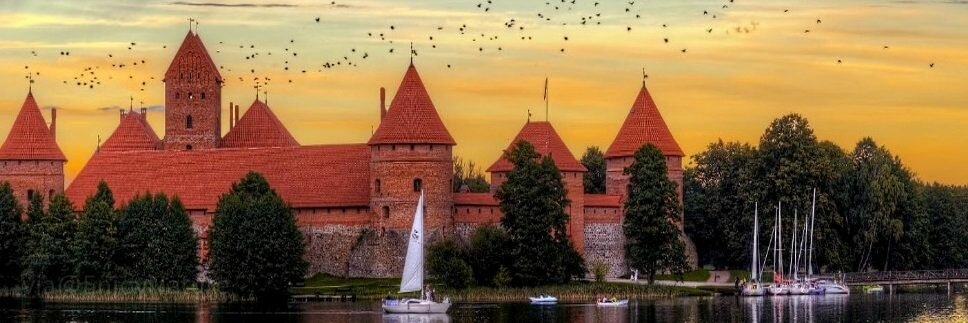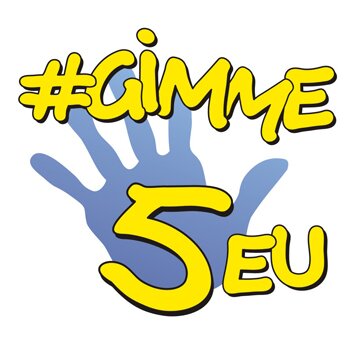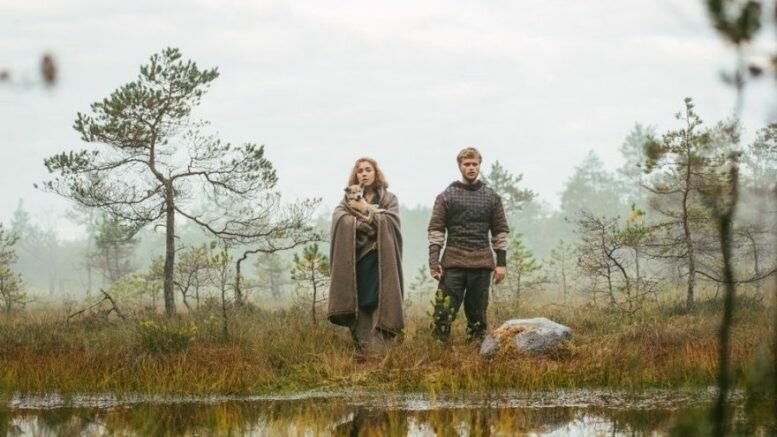By Angele Kedaitiene. Recently, prestigious open-access scientific journal Scientific Reports has published article, authored by scientists from the Faculty of Medicine of Vilnius University (Dr. Alina Urnikytė, Acad. Prof Vaidutis Kučinskas and Assoc. Prof Alma Molytė) together with the colleagues from Spain and Estonia, aiming at identifying genome of Lithuanians, where they are from and how different are they from the rest of Europe.
“The contemporary Lithuanian population is composed of a complex mixture of the former Baltic tribes, but our research shows that our genome has been formed by representatives of other distant countries or even continents. Researching the diversity of the DNA sequence, scientists found for the first time that the Lithuanian genome was formed by ancestors from three periods in prehistory and from three areas: the Uralic steppes, central Europe, and the Scandinavian peninsula,” Professor Emeritus Vaidutis Kučinskas of the Faculty of Medicine of Vilnius University said.
Furthermore, “When we compared the present-day Lithuanian population with the ancient genomes of different historical periods, it turned out that Lithuanians are in most cases the most like the peoples of central Europe who lived there 5–8 thousand years ago. For example, today’s French are less like those who lived in France between 5 and 8 thousand years ago than current Lithuanians,” Prof Kučinskas said.
According to news portal Delfi, 399 Lithuanian genomes were compared to 284 genomes from various historical periods. The study discovered the uniqueness of modern Lithuanians as three genetic components belonging to the ancestors of three different periods in prehistory were identified – the main genetic components belongs to hunters-gatherers from early Neolithic, Bronze Age and late Neolithic Bronze Age Europeans. Three hunter-gatherer groups that influenced the formation of the main genetic component of the Lithuanian population have been identified: hunters-gatherers from Western/Central Europe, hunter-gatherers from Scandinavia, and a somewhat smaller group of hunters-gatherers from Eastern Europe.
Lithuanians have succeeded to preserve the uniqueness of genome for many centuries, despite unfavourable historical events and the fatal diseases prevalent in earlier times.
Lithuanian language is considered one of the most difficult but also one of the most ancient World languages, originating from the Indian Sanskrit, and it is studied in the linguistic faculties of the World universities. It’s the heritage, thus Lithuania has the National Language Commission, which examines carefully the public texts, speeches, makes suggestions on theirs structure, and decides of new words in the vocabulary.
Lithuania has always been predominantly Lithuanian country, the percentage of Lithuanians even in the Soviet times has always exceeded 80 per cent. There are few international marriages, the cultural traditions are strong. Lithuanians are highly patriotic country, it has had the longest post war resistance period against Soviet occupation in the modern history, it has been first post-soviet country, liberating itself from the Soviet regime, processing persistently with the recognition of its independent history.
The troubling sign is shrinking population of this unique nation. The birth rates are low, emigration takes place, thus, according to United Nations forecast, 1,5 million people will live in Lithuania at the end of the XXI century. There were 2,8 million people in Lithuania early this year.



Be the first to comment on "Lithuanian genome: where are they from?"